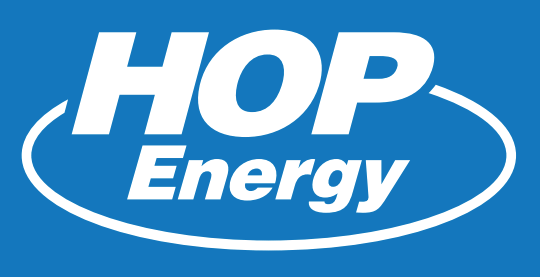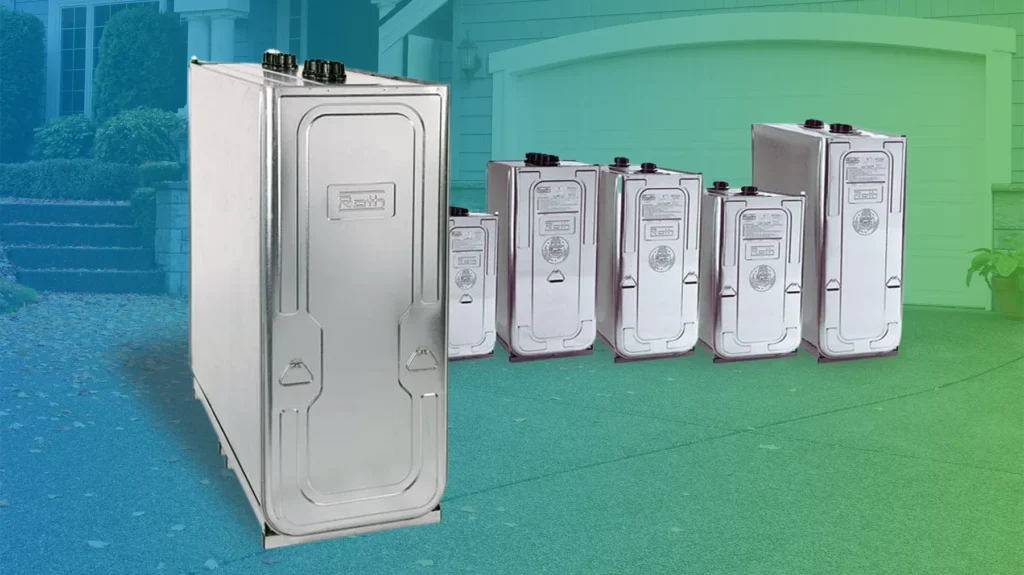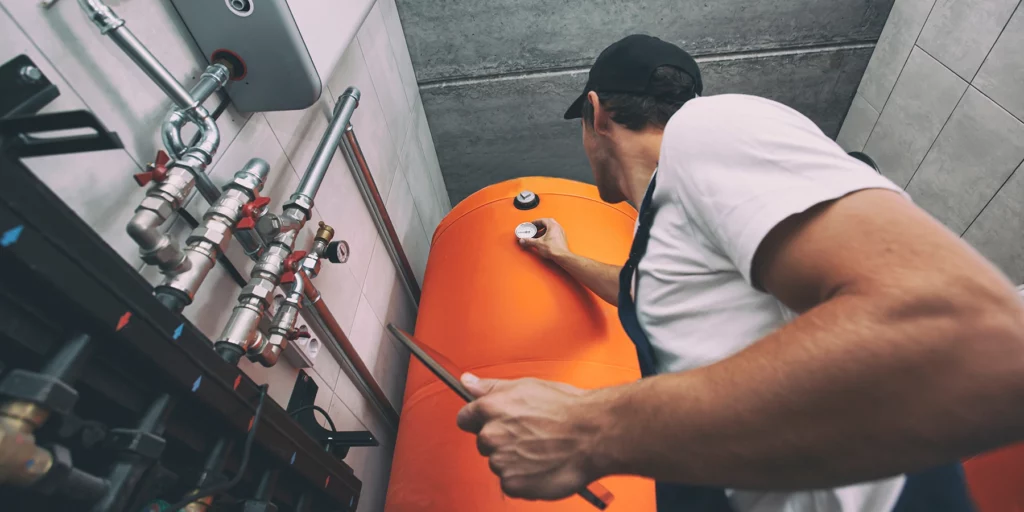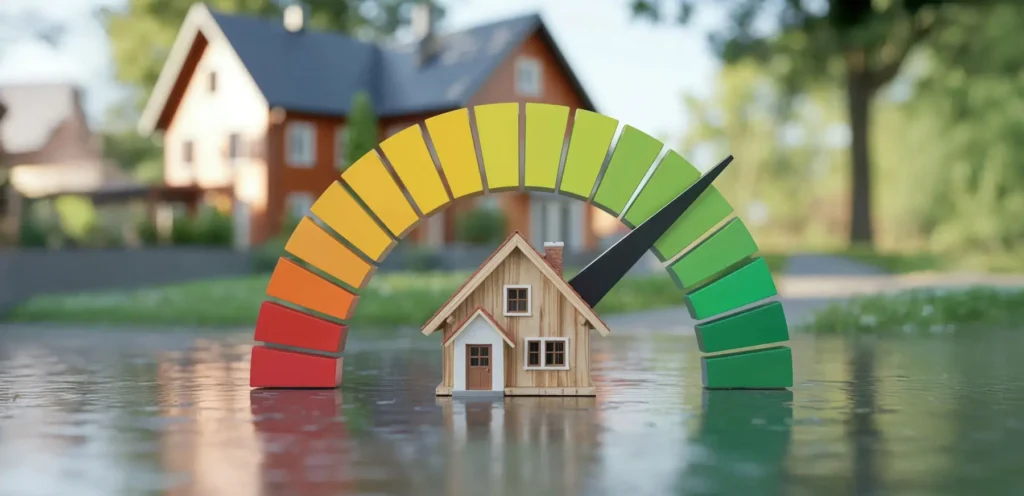Heat pumps are an excellent solution for enhancing the efficiency and comfort of your home’s heating system. By using ambient air or ground temperatures to heat your home, a heat pump can reduce your reliance on traditional heating methods like furnaces or boilers. Here’s how to effectively integrate a heat pump into your existing heating setup:
Table of Contents
Understand Your Heating Needs
Before installing a heat pump, assess your home’s heating needs. Heat pumps are most effective when used in moderate climates or as supplemental heating. They can reduce the workload on your existing heating system, lowering fuel usage and energy bills.
Choose the Right Type of Heat Pump
There are two main types of heat pumps: air-source and ground-source (also known as geothermal). Air-source heat pumps draw heat from the outside air, while ground-source pumps extract heat from the earth. The choice depends on your climate, budget, and property layout.
Optimize Heat Pump Placement
Proper placement is key to ensuring efficiency. For air-source pumps, place the outdoor unit in a location with good airflow, away from obstructions like shrubs or walls. Ground-source systems require more space for installation but tend to offer greater efficiency in colder climates.
When to Use a Heat Pump in Addition to Your Existing System
There are several scenarios where using a heat pump alongside your current heating system makes sense:
In milder winter conditions: Heat pumps are highly efficient at transferring heat from the outside air into your home when outdoor temperatures are above freezing. During these periods, a heat pump can handle most of your heating needs, reducing the load on your primary system. Your furnace or boiler can take over for consistent warmth when temperatures drop below freezing.
Zoned Heating for Specific Areas: If you have rooms or zones in your home that are frequently used—like a living room or home office—a heat pump can be dedicated to heating those areas. This reduces the energy consumption of heating the entire home, especially if other rooms or areas are rarely occupied.
For Homes with an Aging Heating System: If your furnace or boiler is nearing the end of its lifespan, adding a heat pump can reduce the strain on your current system. This extends the life of your existing system and improves overall efficiency, as the heat pump can handle moderate heating needs. In contrast, your older system only kicks in when necessary.
In Areas with High Energy Costs: If your home relies on oil, propane, or electric baseboard heating, adding a heat pump can significantly lower your energy bills. Heat pumps are much more efficient than electric resistance heating and can help reduce the amount of fuel needed in oil or propane systems.
Heating Problematic Areas: Your existing heating system may not adequately heat certain parts of your home, such as a basement, garage, or sunroom. A heat pump can provide additional warmth in these spaces without overtaxing your primary system, offering comfort without additional infrastructure.
Seasonal Shifts: During the fall and spring, temperatures can fluctuate widely during the day and night. A heat pump can efficiently handle these milder conditions without running your primary heating system, allowing you to maintain comfort without unnecessary energy consumption.
Homes with Inconsistent Heating: If you experience hot or cold spots in your home due to poor insulation or an imbalanced heating system, a heat pump can help regulate the temperature more evenly. This ensures that rooms farther from your main system stay comfortably warm without increasing the workload on your furnace or boiler.
Off-Peak Heating: In areas with time-of-use electricity pricing, you can use a heat pump during off-peak hours when electricity rates are lower. This reduces your heating costs while keeping your home warm during the most affordable times of the day.
For Emergency Backup: If your primary heating system breaks down during winter, a heat pump can provide a valuable backup source of warmth. While it may not replace your primary system entirely, it can keep your home comfortable until repairs are made.
Integrate with Your Existing System
Most heat pumps can be integrated with your current furnace or boiler setup. This hybrid system allows the heat pump to handle the bulk of your heating needs during milder weather while your primary heating system kicks in when temperatures drop too low for the pump to work efficiently.
Monitor and Adjust for Efficiency
Use a programmable or smart thermostat to optimize heating cycles to get the most from your heat pump. This will help balance the heat pump and your existing system for maximum efficiency and comfort.
Upgrade Your Heating System with HOP Energy
If you’re ready to enhance your home’s heating system with a heat pump, contact HOP Energy today. Our team can help you choose the right heat pump for your home, handle installation, and ensure your entire system runs smoothly year-round. Don’t wait—call us now to improve your comfort and lower your heating costs!




